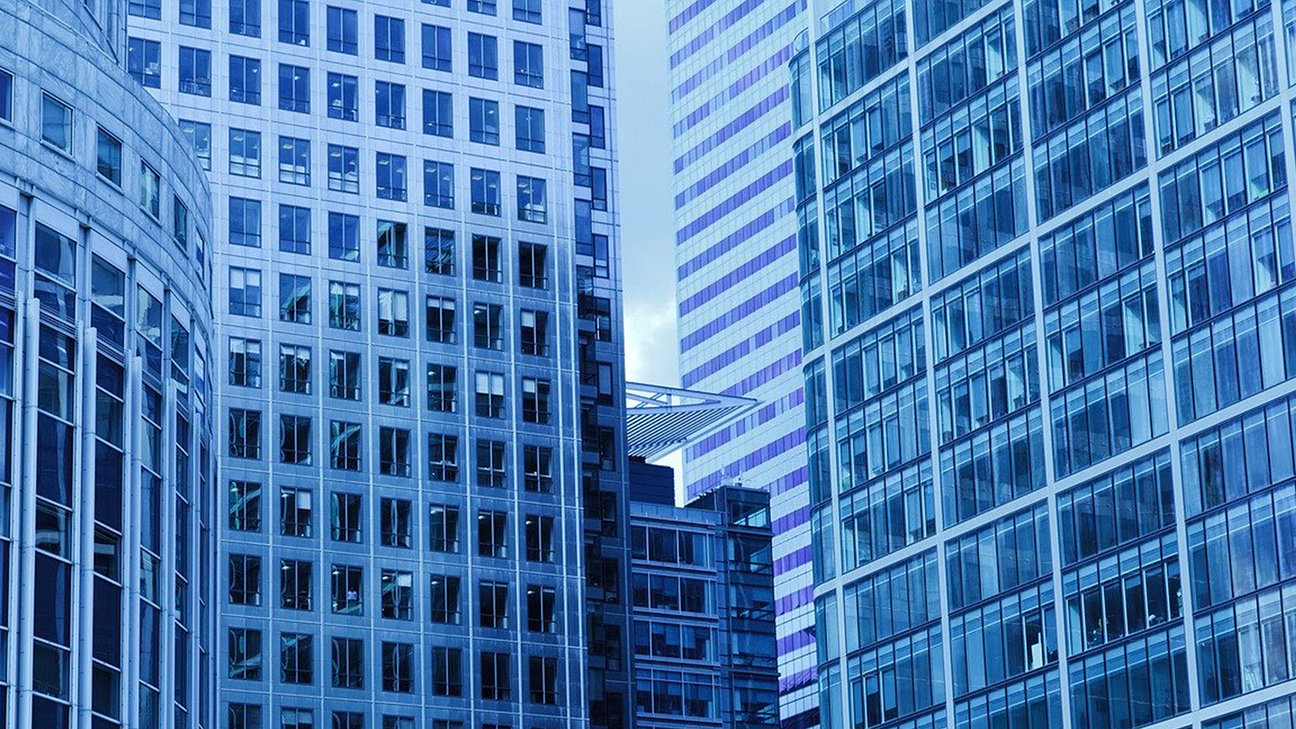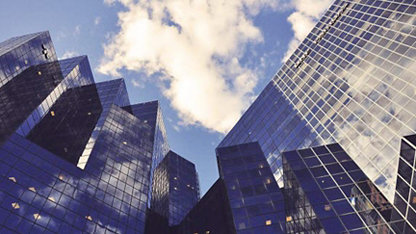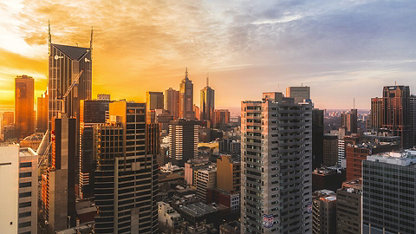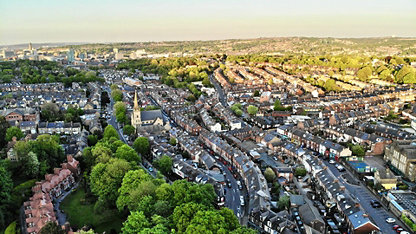Highlights:
- Sentiment amongst real estate investors and occupiers improved for a second quarter in a row but remains in negative territory
- RICS’ global indicator stands at -27, recovering from low of -37 in Q2
- Stronger sentiment among investors, rather than occupiers, has driven improvement
- Sector divergence is more prominent than ever, with retail and office space lagging industrial and logistics.
Sentiment among global real estate occupiers and investors picked up modestly for the second successive quarter, although recovery remains some way off, according to our Q4 2020 Global Commercial Property Monitor.
Sentiment continues to improve, but remains negative overall
Our global indicator, which tracks the sentiment of occupiers and investors in commercial property, stands at -27 as the ongoing pandemic and the macroeconomic damage it has brought continues to impact the sector. Although still firmly in negative territory, the reading represents a modest improvement from -31 in Q3, and a more significant climb from a low of -37 in Q2.

The picture is consistent globally. Confidence is least negative in the Middle East and Africa and the Asia Pacific regions, where RICS’ sentiment index stands at -25, up from -38 and -39 respectively, with material improvements in Saudi Arabia and India. The Europe index stands at -27, up from -36, with North America at -29 compared to -38 in Q3.

Investors drive improvement, as growing number sees an upturn…
Stronger sentiment persists among investors than occupiers, contributing to the improvement. Our Investment Sentiment Index has risen from a Q2 reading of -29 to -19 in Q4. The Occupier Sentiment Index stands at a much lower -35, although it too has risen. Softer readings among occupiers reflect the current weak macroeconomic conditions, alongside the challenges to demand in the retail and office sectors. For investors, while challenges no doubt remain, stronger readings also reflect the broader context of a low interest rate environment, and a significant amount of cash yet to be deployed.
There were further glimmers of hope from the rising proportion of professionals who now view the market in an upturn phase. 26% now take this view, up from 16% in the previous quarter. Meanwhile, the number who believe the market is still in a downturn is falling – from 64% to 51%.

... however, the road to recovery will not be swift
While an accelerating vaccination programme globally is likely to see a rebound in economic activity, professionals do not expect a swift recovery in commercial property asset prices or rents in 2021. In fact, in 32 out of 40 countries surveyed, respondents still expect both capital and rental declines over the next 12 months, with weakest performances anticipated in Hong Kong and Bulgaria. Expectations are highest for Vietnam, Sri Lanka, Denmark and India, where both rents and capital value are predicted to rise.
Simon Rubinsohn, RICS Chief Economist, commented: “As COVID-19 continues to ravage the global economy, disrupt demand and accelerate socio-economic and technological trends, it’s no wonder that confidence in commercial property is fragile at best. Structural changes are still working their way through the sector – with demand for logistics and industrial space picking up pace, while retail and office continue to face an intensely challenging backdrop.
“However, two consecutive quarters of strengthening sentiment, and improving investor demand, suggest that we could soon reach a turning point. Nonetheless, the road to recovery and any return to growth will take some time – and depend heavily on the suppression of the virus, and the delicate health of the wider global economy.”
Sector divergence becomes more acute, as retail lags industrial performance
Although the issues around the future of bricks and mortar retail and changing requirement for offices inevitably have a strong local dimension, they are clear on a global level. Demand for retail property remains depressed, and continues to lag the wider sector. The occupier demand net balance for retail remains in negative territory at -71, although it has climbed back from its low of -81 in Q2. The reading for offices stands at -58, albeit better than the -69 in each of the last two quarters. By stark contrast, sentiment metrics suggest accelerating growth for industrial and logistics, with a reading of +19, compared to +11 in the previous quarter.

The growing popularity of logistics and industrial space following the rise of e-commerce is reflected in
expectations for rental and capital values over the next 12 months. Prime logistics are anticipated to deliver a 4% increase in capital values, with rents rising by 3%. Within alternative real estate assets, respondents hold a positive outlook for data centres.
In contrast, secondary retail capital values are viewed as likely to decline by a further 9%, with rents to suffer an even larger drop. Prime space is viewed as likely to continue outperforming secondary in all segments of the market; even so, prime office capital values are seen as likely to remain under pressure.
Paul Bagust, Global Property Standards Director, RICS: “When finally it emerges from the crucible of the COVID-19 and the associated economic crisis, the commercial real estate sector will look very different from when it entered. Setting aside the structural changes to demand we are seeing, our perception of buildings, their use, location and what constitutes value will be profoundly changed.
“Assessing the performance of buildings will be even more vital for businesses, and how this is judged has changed for good. Issues such as sustainability, mental health and employee wellbeing are more relevant than ever before, while the experience a building delivers and the value it adds for its users will be at the forefront of professionals’ decision-making.”











